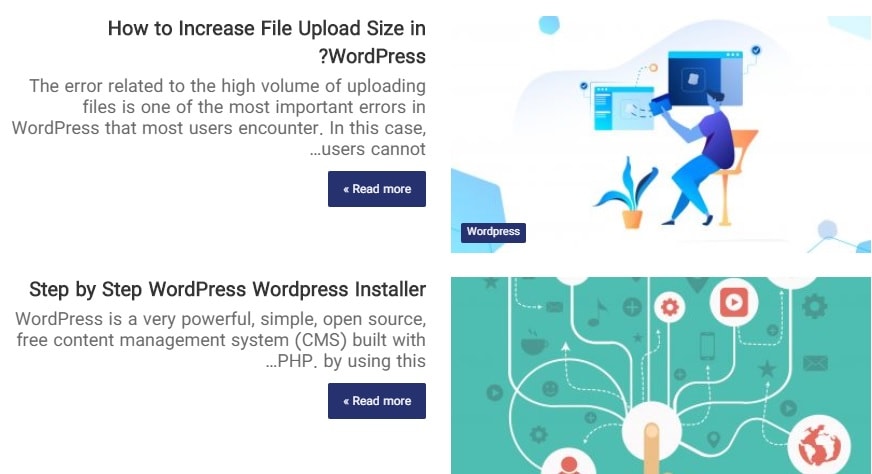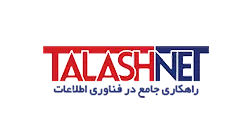
According to its Facebook page, Iranian host TALASHNET was established in 2008. Its Persian-language website (which doesn’t translate too well into English) advertises shared web hosting, email hosting, virtual servers, dedicated servers, domain services, web design, SSL certificates, online security solutions, high-speed internet and SMS services, and software/hardware solutions. In short, it could be a Persian one-stop internet shop.
Features and Ease of Use
TALASHNET offers 15 Linux shared hosting plans, 20 WordPress plans, four Linux reseller hosting plans, three VPS plans, five cPanel managed virtual servers, five dedicated servers, five Linux web designer plans, three backup hosting plans (for webmasters), and four mail server plans.
The Personal Linux hosting plans provide you with:
- Unlimited hosted domains
- cPanel control panel
- 1 MB to 2.3 MB disk space
- 1 GB to unlimited bandwidth
- Unlimited email accounts, databases, and subdomains
- Support for PHP, Perl, CGI, and more
The WordPress Lightweight and WordPress Lightweight Plus hosting plans use the LiteSpeed web server for high performance and RAID 1 redundancy to guard against disk data disasters. You also get DDoS protection with shared hosting and dedicated server packages.
Virtual servers allow root access for full control of your server.
If you need help with creating your website, you can choose one of the site builder or shop builder plans.
The 99.9% uptime is around the industry average.
Pricing and Support
TALASHNET offers highly affordable Personal Linux hosting plans. However, the pricing, denoted in Iranian rials, may increase as you incorporate additional features. To illustrate, there is an extra charge for an SSL certificate, whereas numerous other hosts include it without cost. On a positive note, this hosting provider occasionally presents special promotions, and it provides the option of receiving a complimentary .ir domain with annual billing. Alternatively, you have the flexibility to opt for monthly billing.
In my opinion, the two-day refund guarantee (for shared hosting and VPS plans) is too short to fully assess the services.
You should be able to contact customer support via telephone, email, or live chat. I say “should” because I was unable to summon support via the live chat channel. Self-support resources include a blog containing posts about hosting, branding, and digital marketing:











